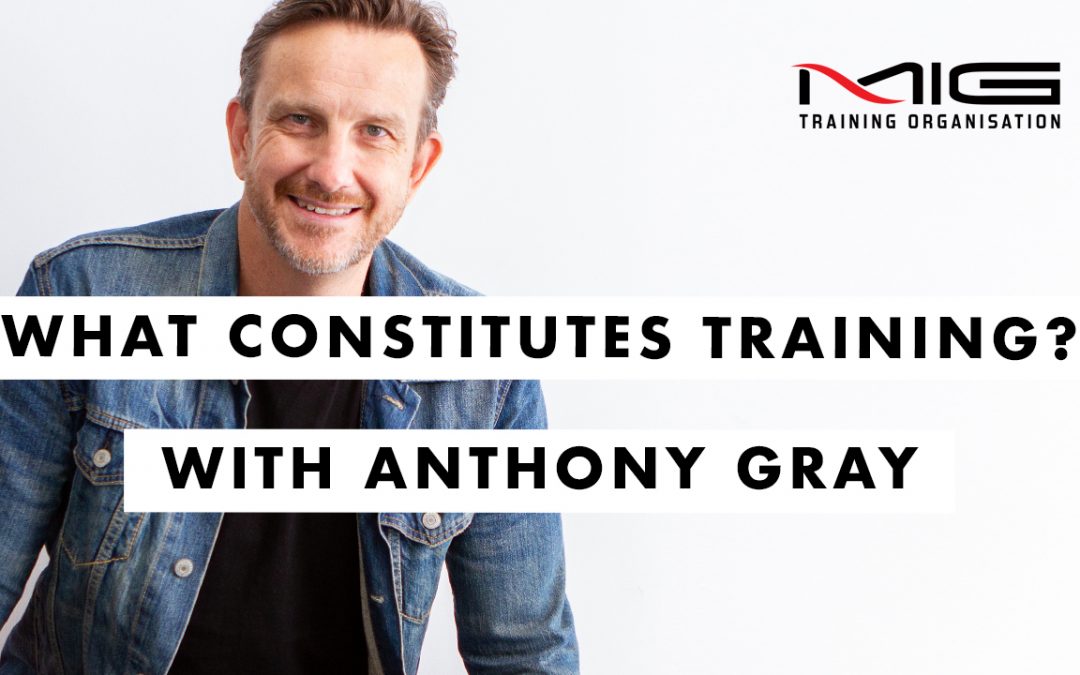
Is Your Apprentice Falling Behind?
So your apprentice is falling behind, what should you do?
A full time hairdressing or barbering apprenticeship can be a really intense journey, with each apprentice having to complete 28 units in hairdressing and 26 units in barbering to complete their apprenticeship over the 36 months duration.
So when you take on an apprentice, you can experience issues and these can be with the apprentice or trainee themselves in relation to motivation and getting the job done. It could be with your supervising training organisation, or it could also be with the apprenticeship support network that helps you.
The key part to making sure that your apprentice stays on track is managing progression. This is a really important partnership between the apprentice, your training organisation and yourself. But it’s important really to know that you have an obligation to put plans into place to manage progression, and if progression falls too far behind then you need to notify the education department to put mediative action into place.
In the difficult world of work and study, oftentimes things may need to be put in place and we recommend five key steps to make sure that when you’re sitting down with the apprentice, you get the right outcomes when you’re trying to manage progression.
Firstly, you need to identify the issue. So you need to really work out exactly what the issue is. Express it in words, so that you can make it something that’s solvable. And I suppose focusing on the issue, and not the emotion is the most important tip that we’ve seen from our experience.
Secondly, identify what’s causing the issue. So who or what or how are things contributing to that, who’s being affected and what are the consequences. I suppose the best tip that we have is to listen without judgment, and brainstorm solutions with the apprentice and all parties.
Thirdly, make a list of all the possible solutions that you could go for, you could look at a range of possibilities that are both sensible and some that aren’t. But by doing that, you will avoid judgment, and you can debate all the ways that you could possibly move forward
Fourthly, choose a solution. So look at the solutions in turn, assess them all positives and negatives, and choose one that’s right for you. So that you can put it into practice and you can solve the issue. Consult with others, and plan the details. Once you’ve agreed on that plan, put it into play and ask these questions. Who’s going to do what and when you will do it by and finally, what is needed to put the solution into action.
Finally, once you put a solution into managing the progression of your apprentice to get them back on track, after a reasonable period of time, you need to evaluate that solution. So you’ll need to give it time you’ll need to let it work through, you’ll need everyone to be able to settle into their place.
To evaluate it you can again go through a series of questions. What’s worked well, what hasn’t worked well, and what could be done differently to improve it. It’s important to note that this partnership and communication are really important, balancing work and study is a difficult thing for many apprentices. It has its ups and downs over a long period of time, which can be three plus years of apprenticeship.
At MIG, we work really closely with many salons to help them manage the ups and downs of the apprenticeship and we’d love to work with you. If you’d like to reach out and discuss how we can help to build your signatures salon team and work to create happier harmonious staff that are completing their apprenticeship on time.
Give us a call. Thank you.




